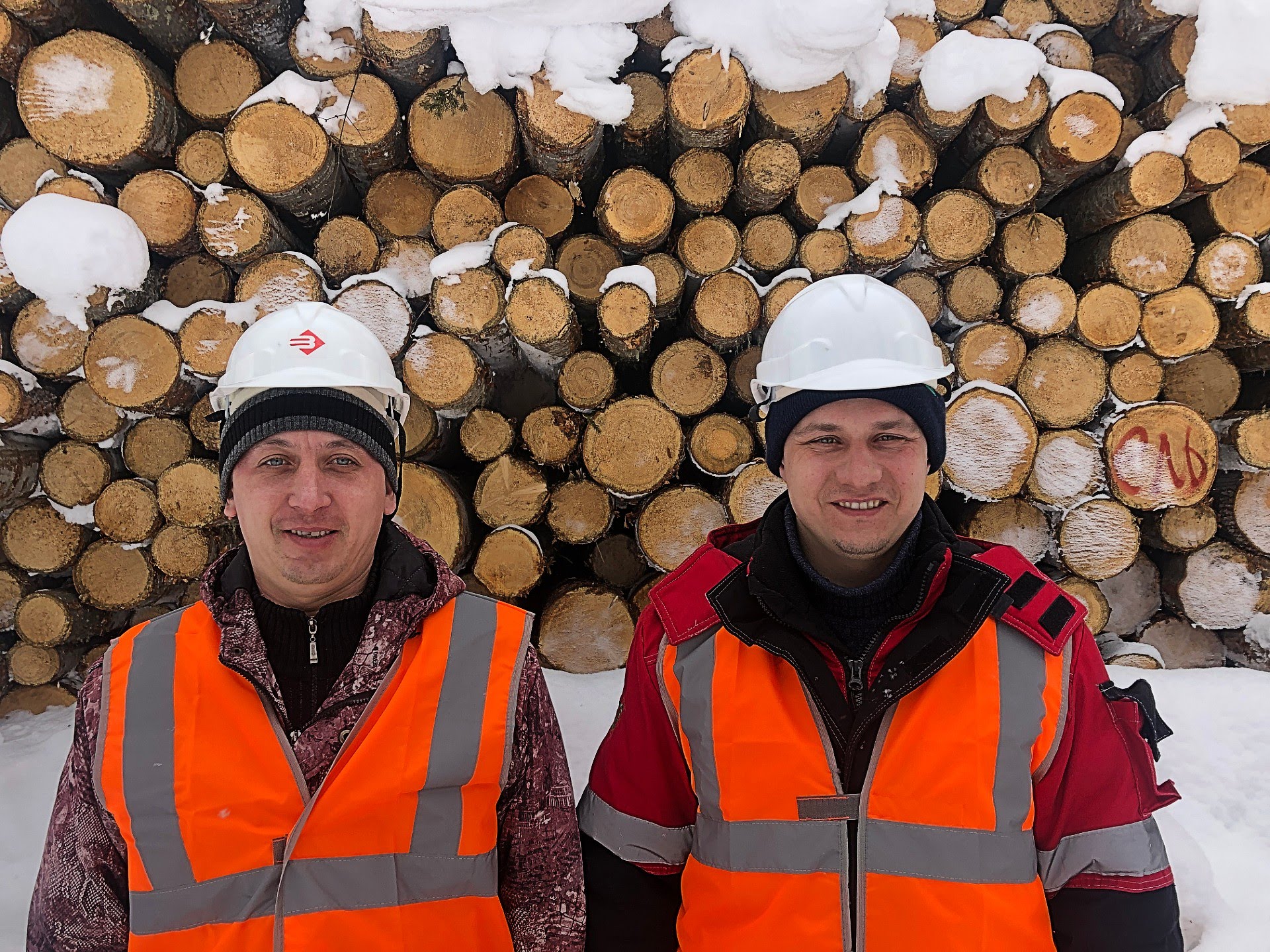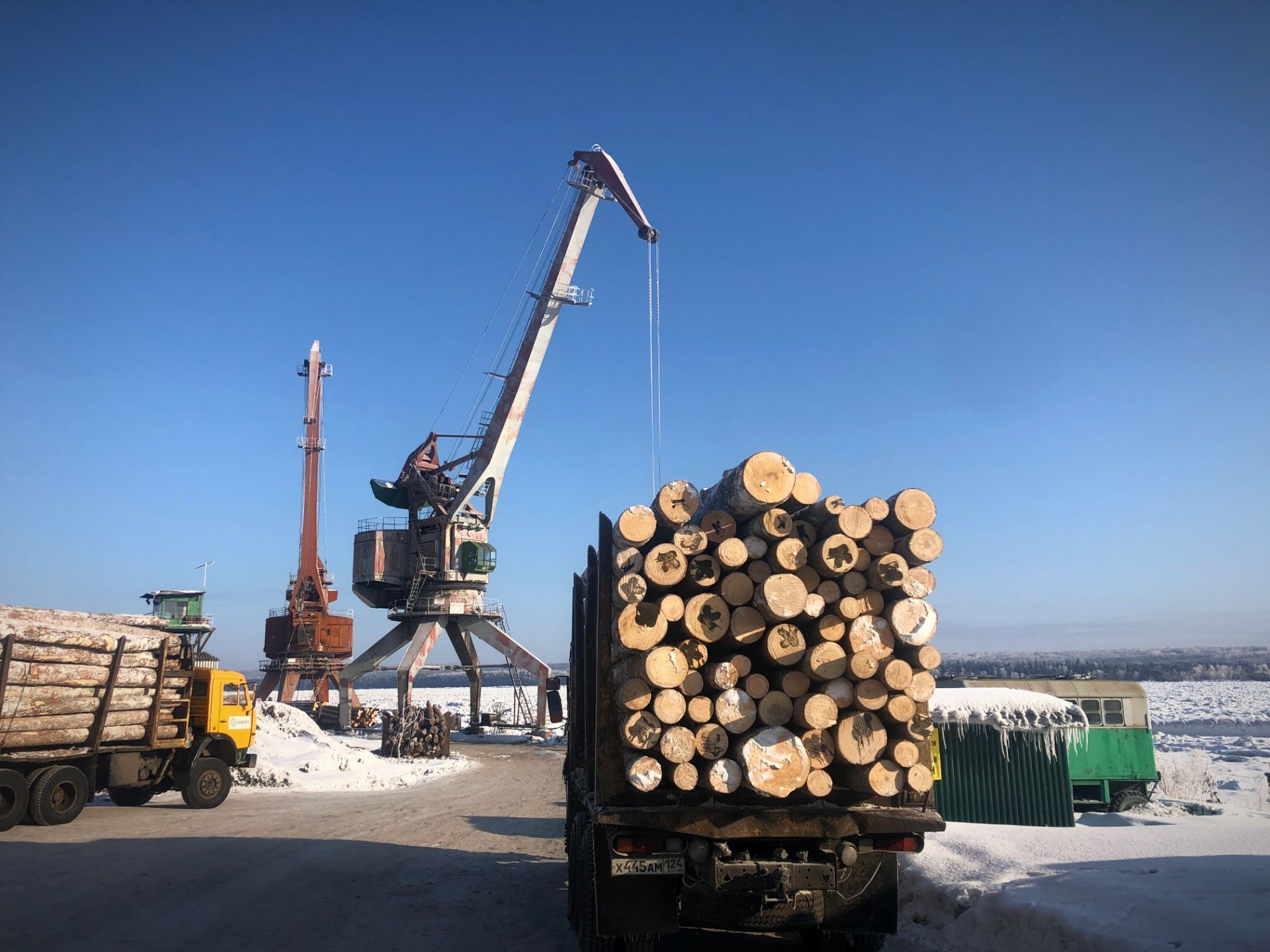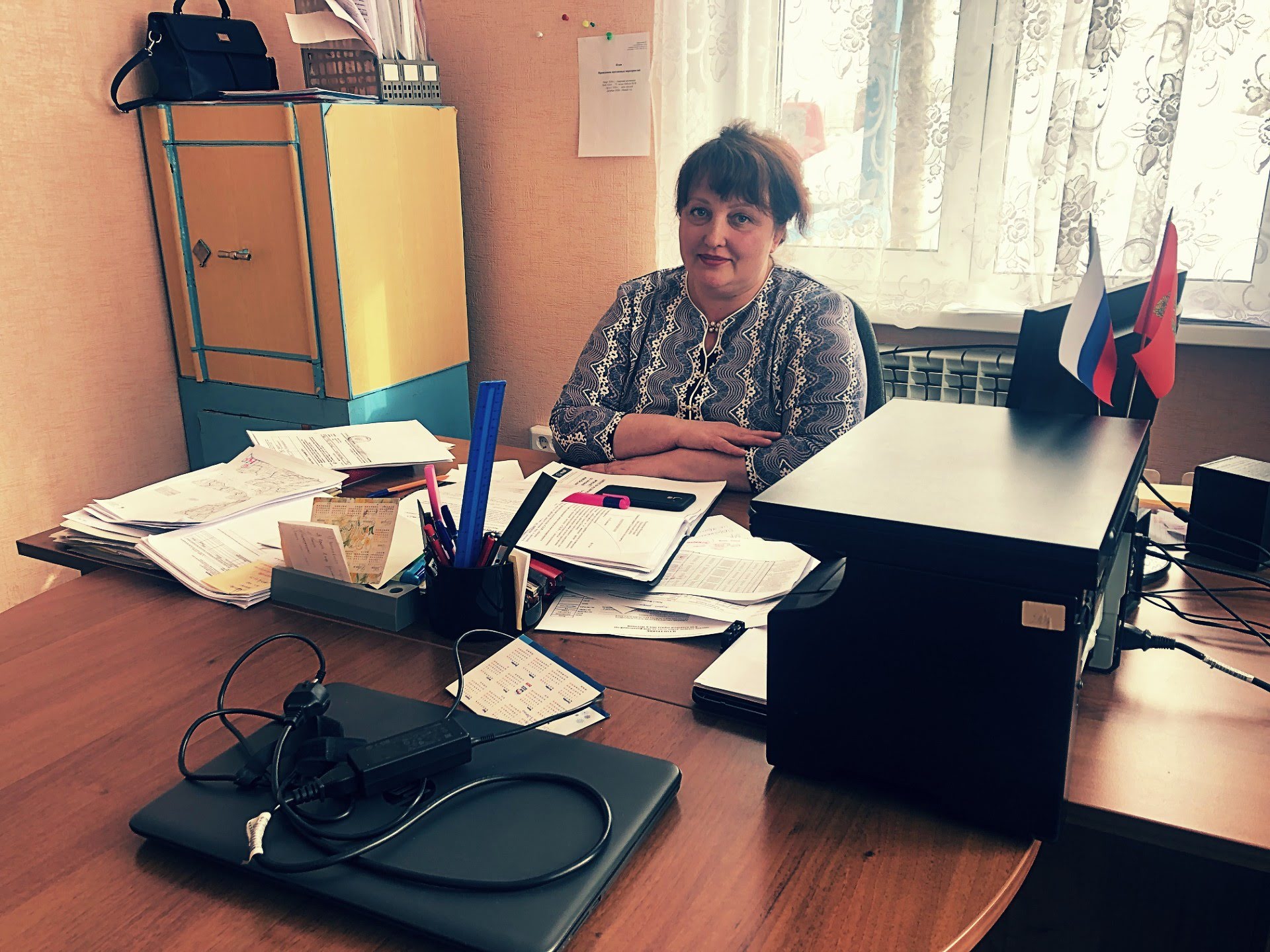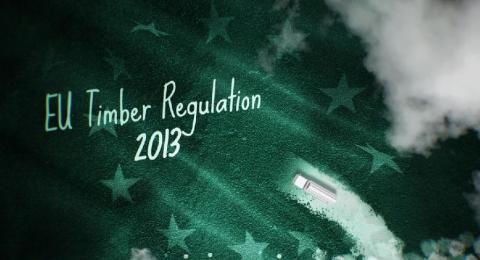Certifying Siberia: How auditing is raising forestry standards in Russia
In the chaos that ensued the disintegration of the Soviet Union, forest monitoring and inventories were largely neglected. Decades later, the lack of reliable data is still a challenge, but an explosive demand for FSC certified wood is now helping to raise forestry standards in Siberia.
LESOSIBIRSK - It’s not hard to see why in 1916 Norwegian businessman, diplomat and explorer Jonas Lied chose to set up a sawmill in Lesosibirsk, a small settlement on the banks of the Yenisey River in Central Siberia:
The Yenisey is the world’s fifth largest river and provides an ideal transportation system stretching thousands of kilometers from Mongolia to the Arctic Sea, which Lied was hoping to use as part of a new Northern trading route to provide Europe with timber and minerals from the heart of Siberia.
Although Jonas Lied’s plans for Lesosibirsk were wrecked by a revolution, someone has clearly brought them to fruition in the century that has passed since 1917:
Today, convoys of Soviet-style trucks loaded with logs are whipping up snow and gravel as they pass by billboards advertising chainsaws and heavy forest machinery on the road entering the Siberian town.
After hours of driving, our small team of auditors finally arrive at LDK No.1., a massive timber yard dividing the town into two halves with only a single road for traffic passing through.
The yard has direct access to the Yenisei, where logs are floated downstream for processing and then loaded onto trucks or railway carriages on the rails connecting LDK No. 1. to the Trans-Siberian railroad.
At risk
This is not the first time Valeriy, Ina and Maria from the Russian office of Preferred by Nature have been to Lesosibirsk. The yard is owned by the Segezha Group, one of the largest timber companies in the world’s second largest timber exporting country.
The group controls 7.42 million hectares of forest - an area equal in size to the Benelux countries - and roughly 85 percent, or 6.46 million hectares, have been certified to FSC standards.
This audit, which will cover a tiny fraction of the total area controlled by LDK. No.1. is ‘fairly standard’ and will take around four to five days depending on the issues the team encounters, explains lead auditor Valeriy Magda.

“We usually ask to visit the largest logging areas as the risks are naturally higher due to the scale of the operation. On site you can evaluate many of the FSC requirements. You can see how the forest look before logging, you can see how the logging is conducted including health and safety and you can see how the site looks after logging. In this case we will split up into two groups to cover as much ground as possible,” said Valeriy Magda.
With its 815 million hectares of forest, Russia is high risk territory: According to the most recent UNEP country overview to aid the implementation of the European Timer Regulation (EUTR), an estimated twenty percent of all timber harvesting in Russia is illegal, while in some regions, most notably in the Far East, as much as 80 percent of logging is done without any permits.
While most illegally harvested wood is consumed within Russia, millions of logs are flowing across the borders, mainly to China, where they are processed and sold on to the European and US markets or even returned to the growing Russian consumer market.
Even President Vladimir Putin recently acknowledged some of the administrative and enforcement issues troubling the forestry sector:
“First of all, you are aware of criticism and complaints from public organizations and environmental organizations regarding the level and quality of our work. I find these complaints and criticism fair. I don't think that all the government bodies at every level are efficient in this area. Unfortunately, this is not the case,” he said in a speech streamed on the state website.

Foreign demand
Lately, improved legislation and stricter enforcement along the supply chains reaching into the EU and US markets, has certainly made life difficult for the clandestine timber industry.
In 2015 US firm Lumber Liquidators received a USD 13 million fine for violating the U.S. Lacey Act by importing illegal Russian wood via China and placing it on the US market.
While the Lumber Liquidators case has served as a strong warning to US importers, the EUTR, which prohibits the import of illegally harvested wood into the EU, has put equal pressure on their European counterparts since the regulation was introduced in 2013. Now, EU member states are clearly ramping up enforcement of the EUTR, which has lately resulted in a string of legal cases across the EU and penalties ranging from confiscation and fines to, potentially, imprisonment.
To Valeriy Magda and his fellow auditors, this means work. Parallel to the introduction of tighter legislation, stronger enforcement along the Russian borders and a digital tracking system, the demand for FSC certification has rocketed: Within less than 10 years, FSC certified forest cover has expanded from 19 to 54,5 million hectares, making Russia the world’s number one FSC certified country.
While FSC significantly reduces the risks by rigorous evaluation of legal compliance, certification is by no means a bullet proof guarantee against illegal harvesting. And at the end of the day, if the client really wishes to commit fraud, it is of course possible, says Magda, as our 4x4’s drive along snow covered tracks inside the Segezha concessions for what seems like hours. The effort of a single auditor with a yellow helmet and a clipboard seems somewhat futile in this tree-covered vastness.
“Illegal logging usually happens closer to settlements, villages and transportation ways. In remote areas such as this, the risk is much lower,” the auditor explains.
Bad data
On our way from one concession to another, we cross several frozen rivers, all part of the Yenisei river basin. At one point we stop to carry out a stakeholder interview with the local administrator of a small village located on the riverbank.
Asked how certification of the forests has been impacting her small community of farmers, fishermen and forest workers, Nathalia tells us that the relationship is very positive:
“Safety standards for people working in the forest are much better now. The inventories are up to date. And the company [LDK no. 1] is even helping us to build roads and public buildings with their heavy machinery,” she says.

From time to time, accusations regarding illegal harvesting and corrupt local officials emerge in the Russian media. Across Siberia tens of thousands of small villages like this are surviving on minimal public funds, making them particularly vulnerable to exploitation.
Adding to this, most forest inventories are hopelessly outdated, says Magda, who believes local disputes sometimes arise due to the mismanagement of forestry data:
“If the data is twenty years old, there is a high risk that the volume doesn’t match what is actually in the forest. These inaccuracies can raise suspicions of illegalities, while in reality they are the result of imperfections in the system,” said Valeriy Magda.
Good for reputation
Auditing in Siberia is no easy feat, and the price tag can be substantial. To companies like Segezha, however, certification means access to new markets, which in some cases are even impossible to reach without the FSC seal on the product.
“It takes a lot of time to get a certificate and the requirements are quite complex, but it is well worth it. We have a development-oriented business and certificates raise standards, which is good for our longterm reputation,” said Artem Siluyanow, Executive Director at LDK No 1.
His company received its very first FSC certificate in 2004. Today, nearly all timber going through the huge processing plant on the Yenisey river is FSC certified. More than 90 percent is sold on to China, where, according to Siluyanow, the demand for certified wood is increasing significantly.
“Certification has become extremely important to our business,” said Artem Siluyanov.
As the Preferred by Nature team of auditors deliver their final conclusions at a meeting with the LDK No. 1 management – with only minor issues to report – yet another truckload of freshly sawn timber is loaded on to a train. Contrary to Jonas Lied’s dream of a northern trading route, this cargo is heading South, towards China.



